AMMAN — Physical fitness is an important aspect of general
health. It can help us maintain a healthy weight, improve our muscles and joints, as well as improve our heart health. Exercise can also help us burn fat, which is important for our health, especially our cardiovascular system.
اضافة اعلان
You do not have to be shredded or lean to be healthy, but with that being said, having too much fat on your body can be bad for your health and is a common risk factor for many diseases.
What is fat?
Fat is a macronutrient that is essential to the body in terms of health and function. From fats, we derive essential fatty acids that our bodies cannot synthesize own its own. Fat also helps absorb other nutrients such as vitamin A, vitamin D, and vitamin E.
You may often hear terms such as saturated fats and trans fats being unhealthy.
Saturated fats and trans fats are terms used to describe the composition and structure of the macronutrient. Saturated fats can be found in fatty meats, butter, cheeses, and chocolate.
These types of fat are associated with increasing low-density lipoproteins (LDL), also known as “bad cholesterol” which may increase your risk of cardiovascular diseases and stroke.
Trans fats have similar negative effects on the body in that they can increase LDL levels. Generally speaking, the amount of fats consumed should be low and focused on unsaturated fats, such as olive oil.
Guidelines for fat consumption suggest that men should not eat more than 30g of saturated fats a day and women no more than 20g; and for trans fats no more than 5g a day for both sexes.
Diet plays an important role in burning fat and preventing the accumulation of more fat on the body. Always read the nutritional value on packages and do not be afraid to lookup diet plans online or consult a fitness coach at a local gym.
What is fat on the body?
Body fat is different from the fat in food by definition. Body fat is known as adipose tissue and found all over the body, but most commonly under the skin (subcutaneous fat) and around internal organs (visceral fat).
Fat is multifunctional and serves a wide variety of purposes, but most importantly it stores excess energy (calories), such as triglycerides which can later be broken down in a process called lipolysis to supply the body with energy during periods of fasting.
The accumulation and storage of fat differs from men and women. Women generally store more fat than men. In a man and woman with the same body mass index (BMI), a woman would typically have approximately 10 percent more fat than a man. Similarly, the distribution of fat differs as well.
Generally speaking, men tend to store fat around the waist and viscerally in the abdomen, whereas women tend to store fat around the thighs and buttocks.
How to lose fat
Fat on the body can be difficult to lose. Think of fat as potential energy for the body; when the body has a choice between consuming energy that is readily available or stored (potential energy), the body will choose the readily available option.
Evolutionarily speaking, the purpose of this is to keep this potential energy just in case there are periods in which food is scarce. In modern society, we are afforded the luxury of eating every day, multiple times a day. What this means is that more often than not, when the body needs to consume energy, it will use the energy provided from the most recent meal rather than the reserve of energy stored in the form of body fat.
Of course, the solution is not to starve yourself in order to lose body fat. Instead, there are other ways to do so by exercising.
There is a long-held belief that exercising at less than maximum effort can burn fat, but high intensity workouts are also capable of burning fat. The reason for this is what is called excess post-exercise oxygen consumption (EPOC).
EPOC is the period after exercise in which your body’s metabolism spikes and has the potential to burn fat. As it stands, both high-intensity and moderate-intensity workouts are able to burn fat, but further study is needed to determine which is better.
Exercises to burn fat
There are six, relatively simple exercises that can be done to help burn fat. The entire purpose is to increase your heart rate and breathing rate so that your body can consume as many calories as possible, effectively using up readily available energy and tapping into the reserves.
It is suggested that you do each exercise for 30 seconds back-to-back without resting, then after 30 to 60 seconds of rest, repeat the cycle again. The goal is to fit as many cycles as possible into 15 to 30 minutes and try to do this 2 to 3 times a week.
1- Jumping jacks
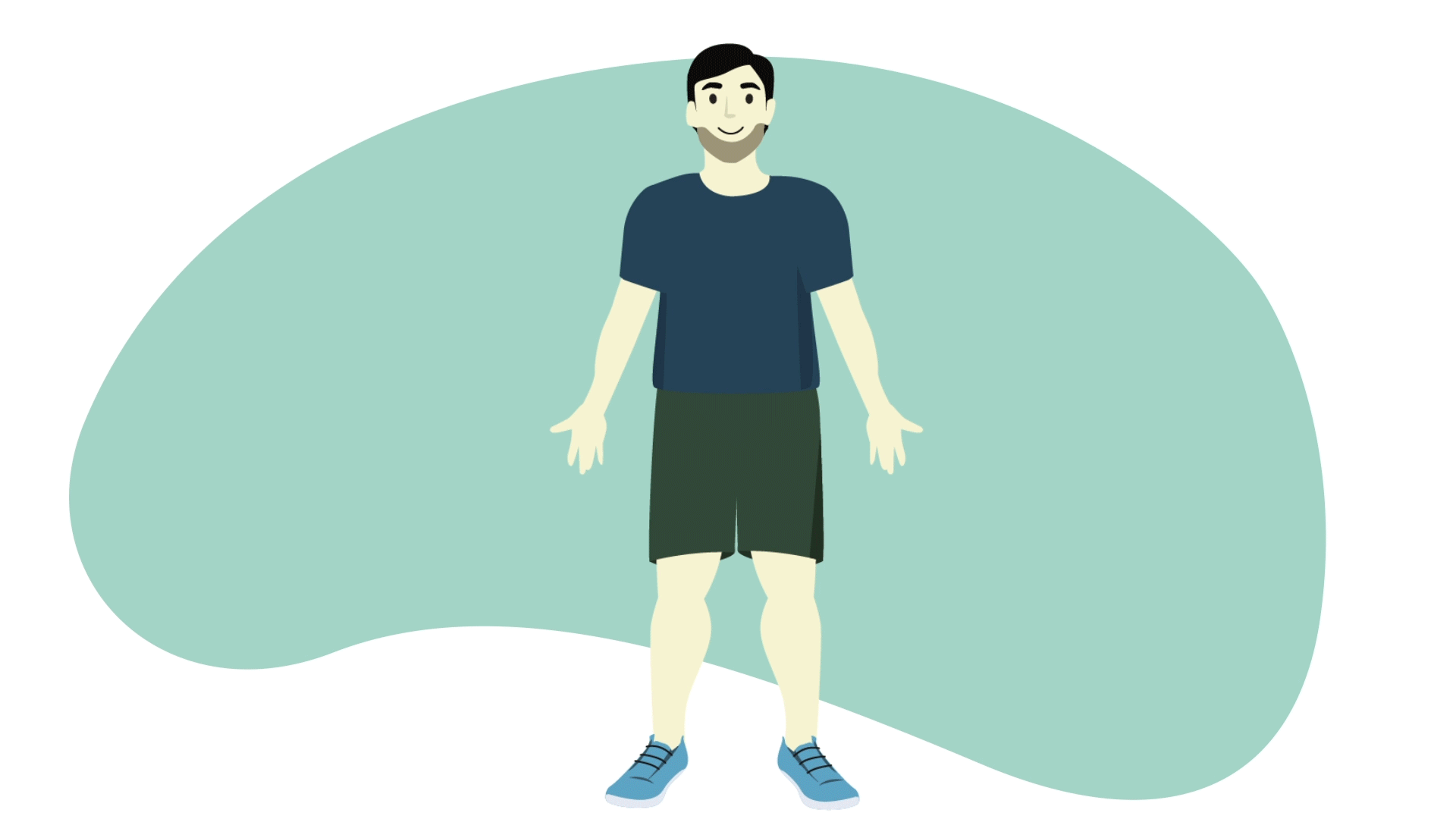
Jumping jacks are quick and easy. Start by standing upright with your hands to your sides, similar to the letter “I.” Then jump slightly while extending your arms and legs out to the sides, a little further than shoulder width apart for your legs, with your arms slightly above your head.
This position should resemble the letter “X.” Then, simply jump again to bring your legs together and lower your arms back to your sides in the form of an “I.” Continue transitioning between “I” and “X” as quickly as possible for 30 seconds.
2- Burpees
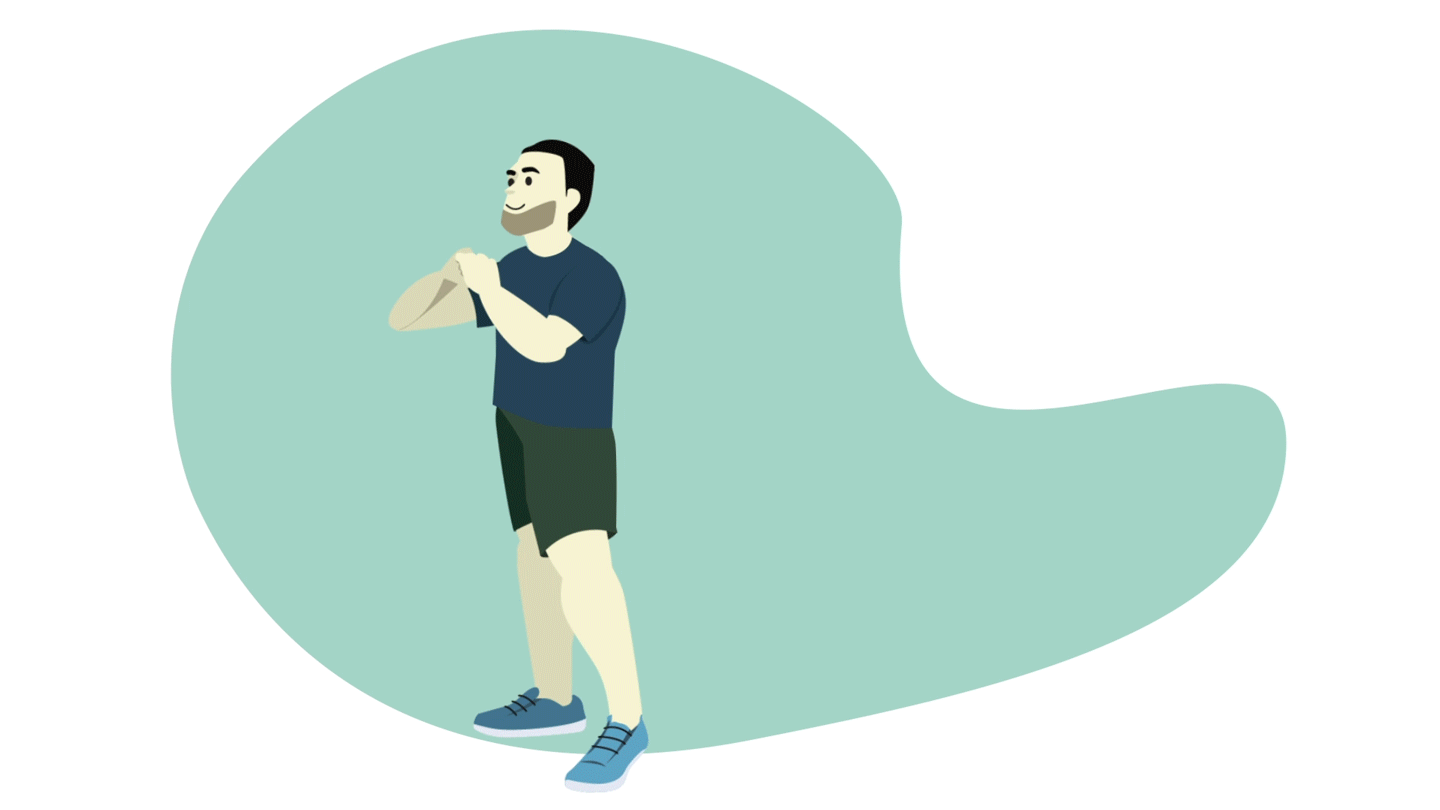
Burpees are slightly more complex in regard to the range of motion. Start with your feet shoulder-width apart and in one fluid motion transition to a squatting position and then lower yourself into a pushup position as quickly as possible.
From here, push yourself back to your feet and jump as high as you can from this crouched position. Complete as many as possible for 30 seconds and if you would like to add complexity, perform a pushup while in the pushup position.
3- Squat jumps
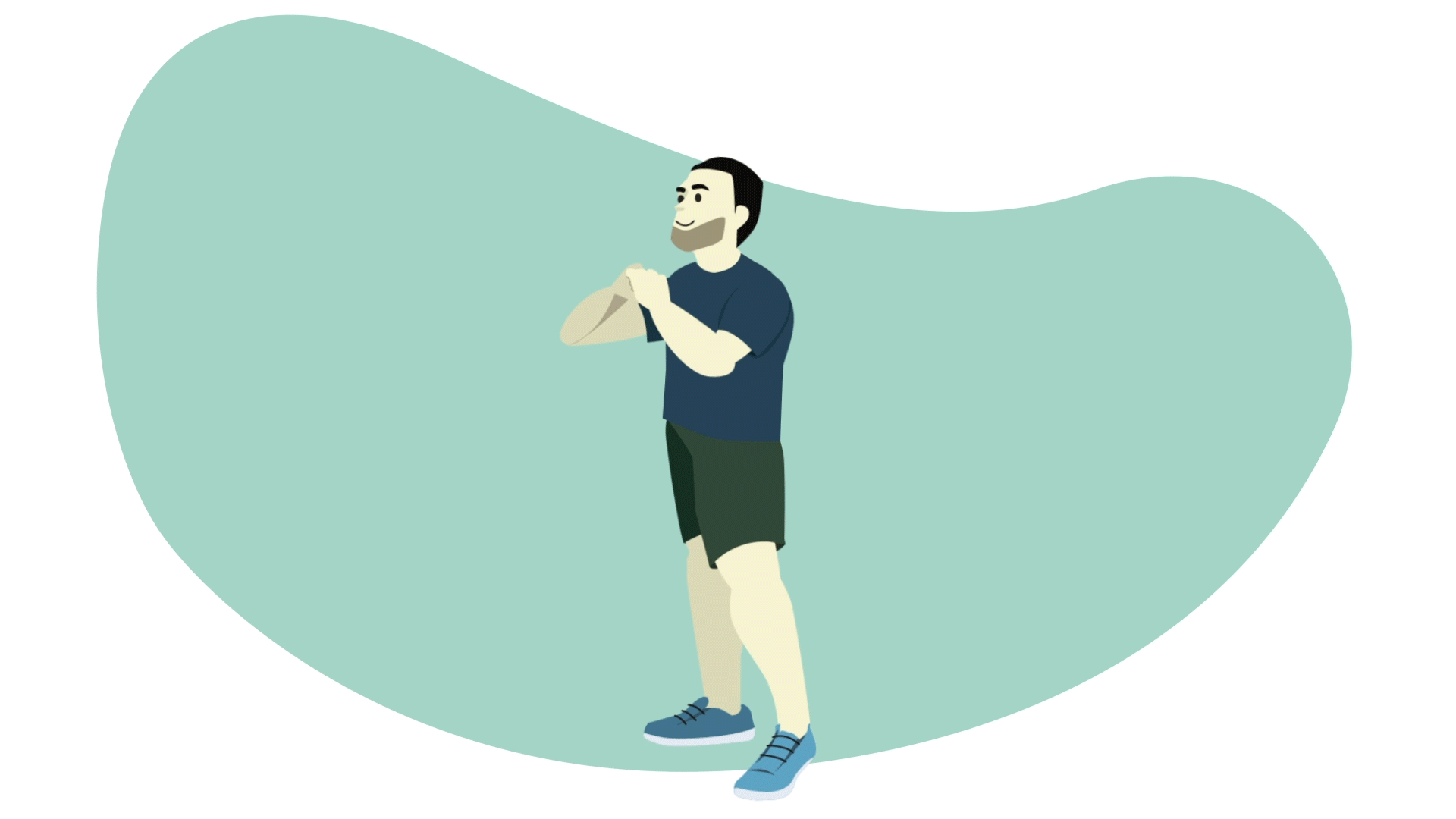
Squat Jumps are exactly what the name implies. Start by standing, with your legs shoulder width apart and lower yourself into a squatting position. From here, push down with your legs and jump as high as possible, while keeping your upper body raised. Complete as many as possible within 30 seconds.
4- Skater jumps
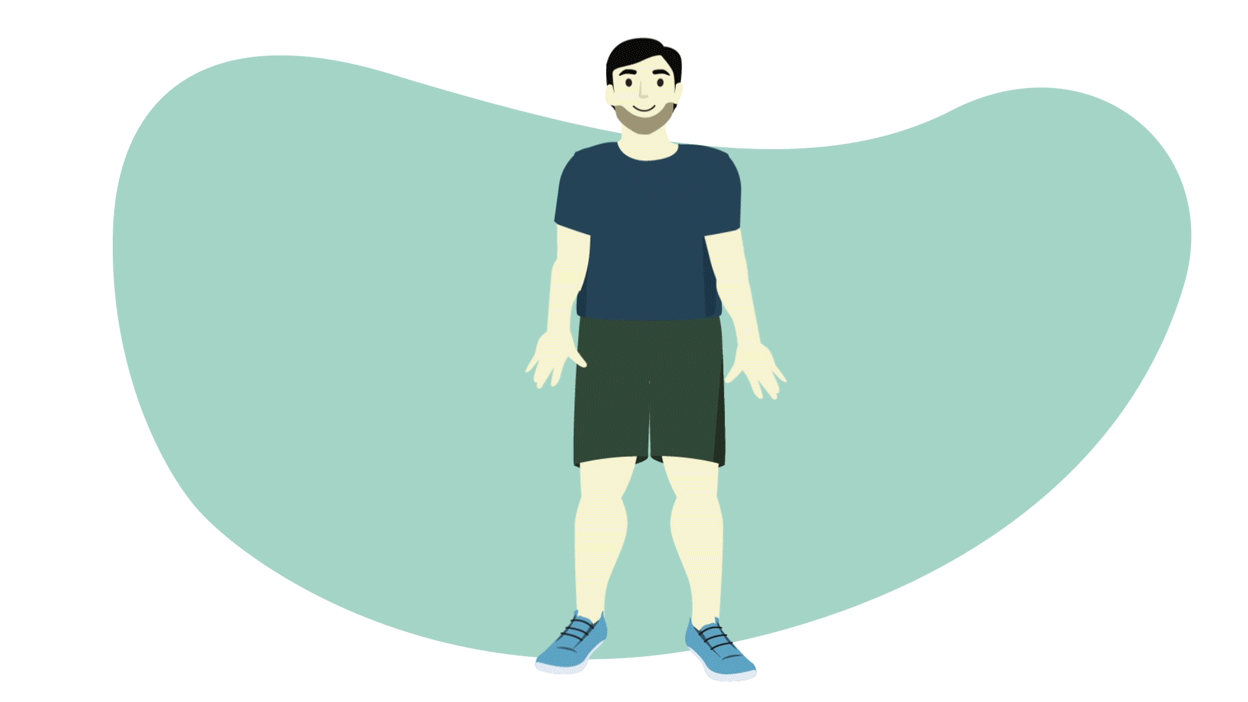
Stand with your feet shoulder width apart and with your right foot planted, swing your left foot behind you and extend it to your right side. Swing your arms simultaneously in the same direction and the position should resemble a curtsy. With your planted foot, push off and shift your weight to the other foot following the same but opposite motion. Complete as many as possible within 30 seconds.
5- Plank jacks
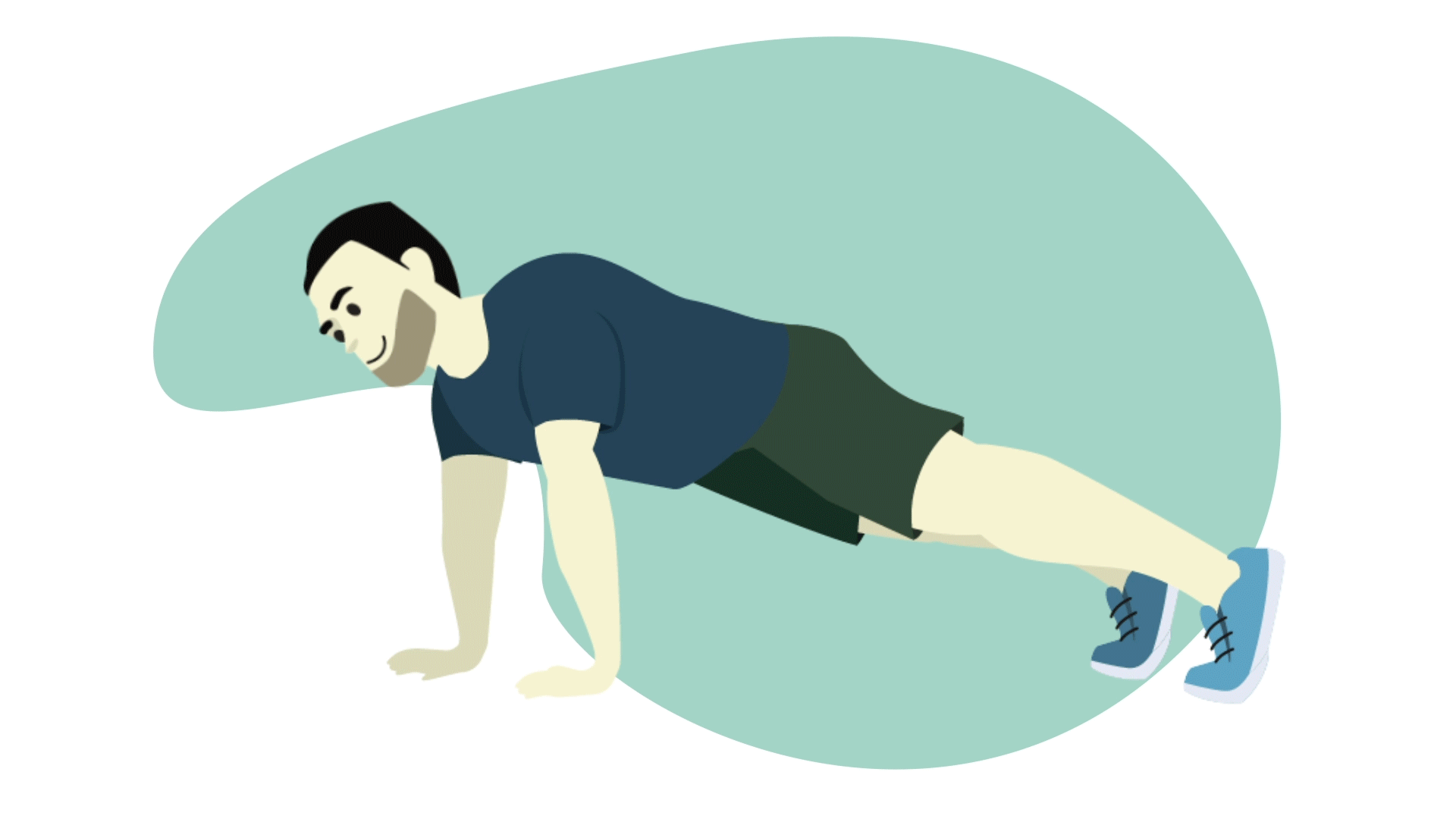
Begin in a pushup position but with your hands the same width apart as your shoulders and your feet roughly shoulder width apart. Push with your feet to lift your legs slightly off the ground and extend them out wide. Jump back into the starting position and complete as many as possible in 30 seconds.
6- High knees
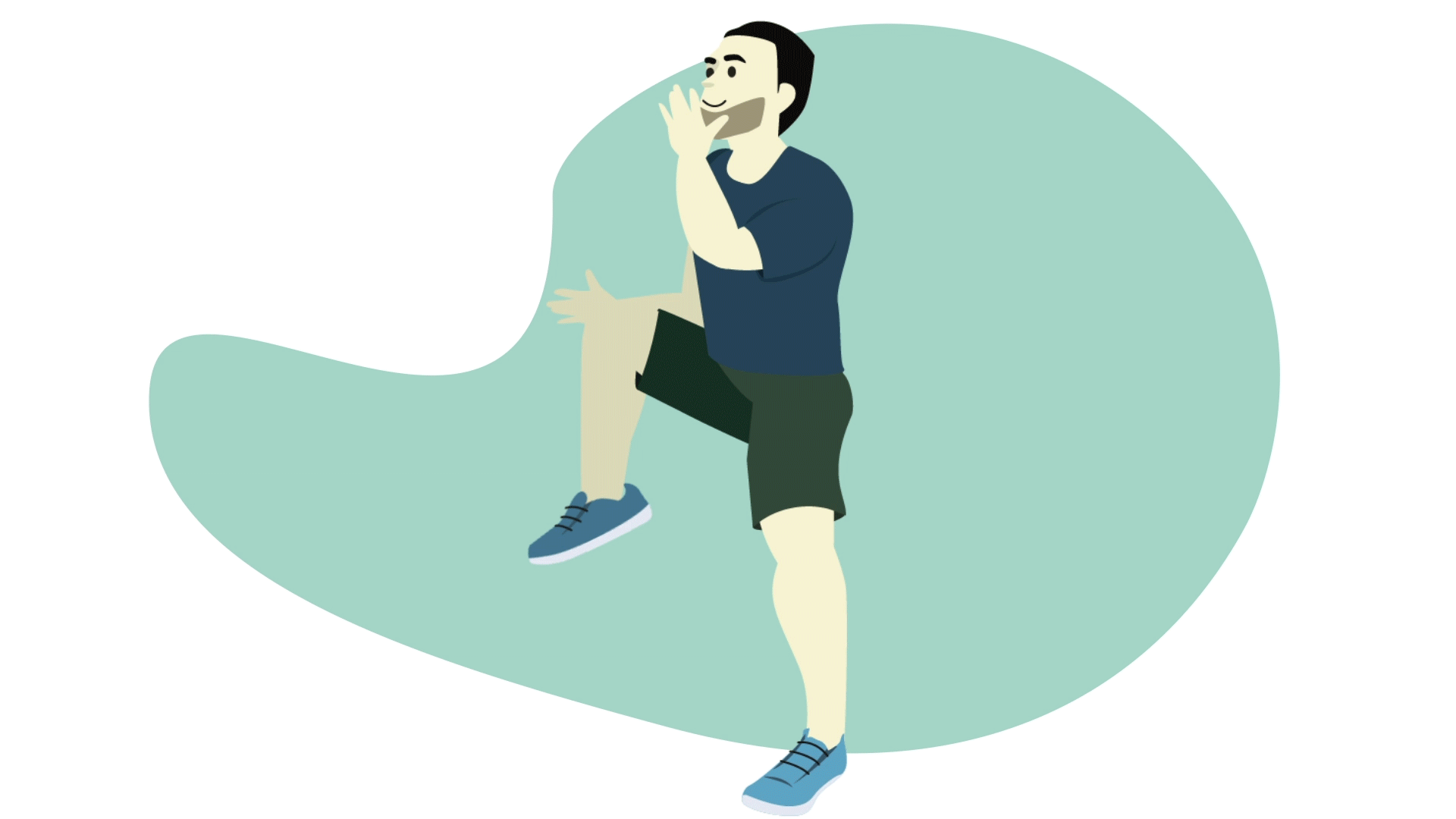
Start by standing in an upright position. Raise one knee as high as possible. Quickly lower your leg and repeat the same but opposite motion with the other leg. This range of motion should resemble running in place. Maintain a consistent pace and complete as many as possible in 30 seconds.
Read more Health
Sources:
https://www.nhs.uk/live-well/eat-well/different-fats-nutrition/
Ghaben, A.L., Scherer, P.E. Adipogenesis and metabolic
health. Nat Rev Mol Cell Biol 20, 242–258 (2019).
https://doi.org/10.1038/s41580-018-0093-z
https://www.ncbi.nlm.nih.gov/pmc/articles/PMC3411490/
Blaak, Ellen (2001). Gender differences in fat metabolism.
Current Opinion in Clinical Nutrition and Metabolic Care, 4(6), 499–502.
doi:10.1097/00075197-200111000-00006
https://www.britannica.com/science/adipose-tissue
Laforgia, J.; Withers, R. T.; Gore, C. J. (2006). Effects of exercise intensity and
duration on the excess post-exercise oxygen consumption. Journal of Sports
Sciences, 24(12), 1247 1264.doi:10.1080/02640410600552064
https://www.everydayhealth.com/fitness/the-best-fat-burning-exercises-for-at-home-and-the-gym/



